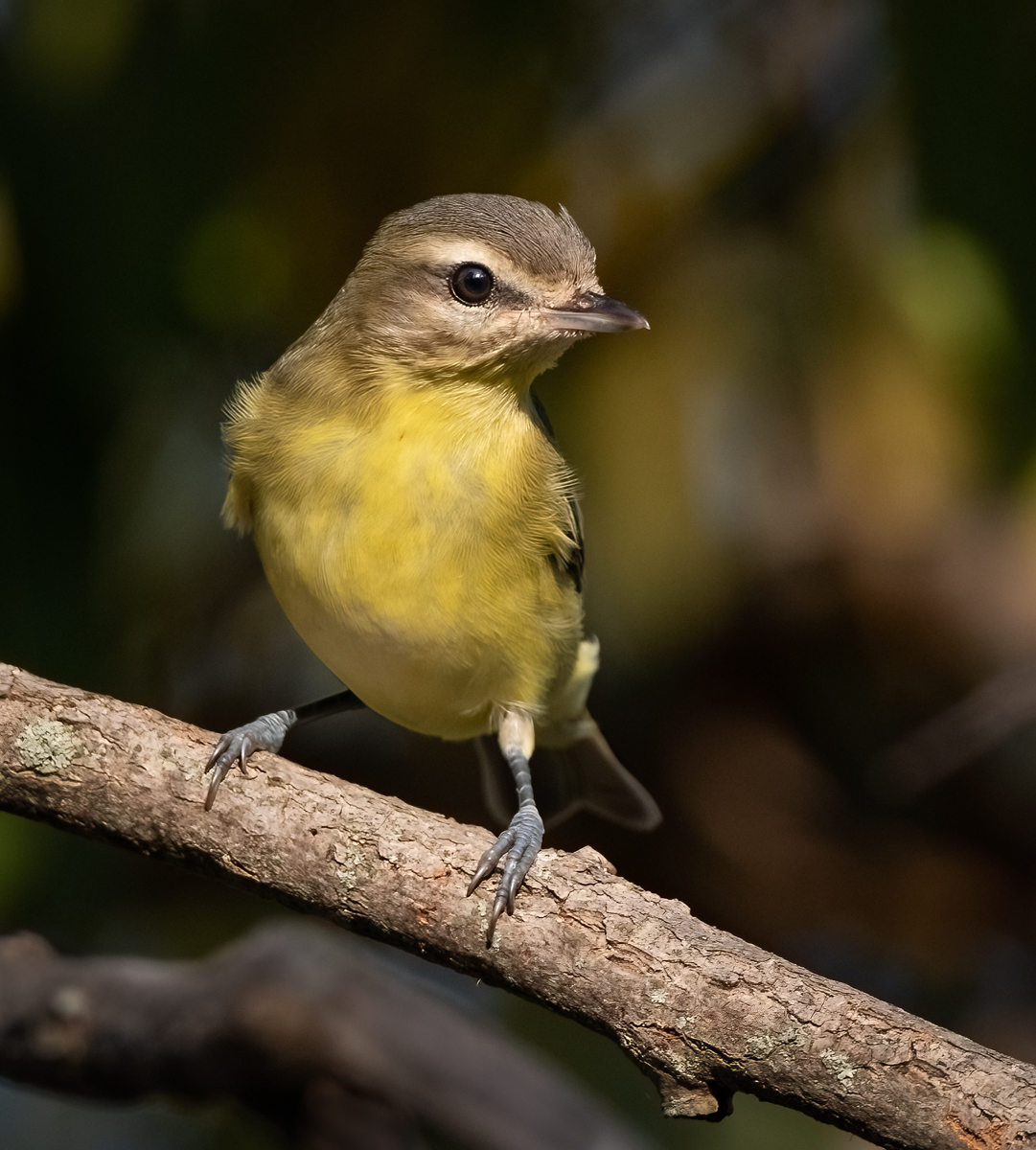
Aside from the owner’s manual that comes with it, there is a wealth of online resources about technical ways to use your camera to the best effect – shutter speed, lens, tripod (if any) and so on. But today’s post is about the subject matter, things to consider when taking photos specifically of birds.
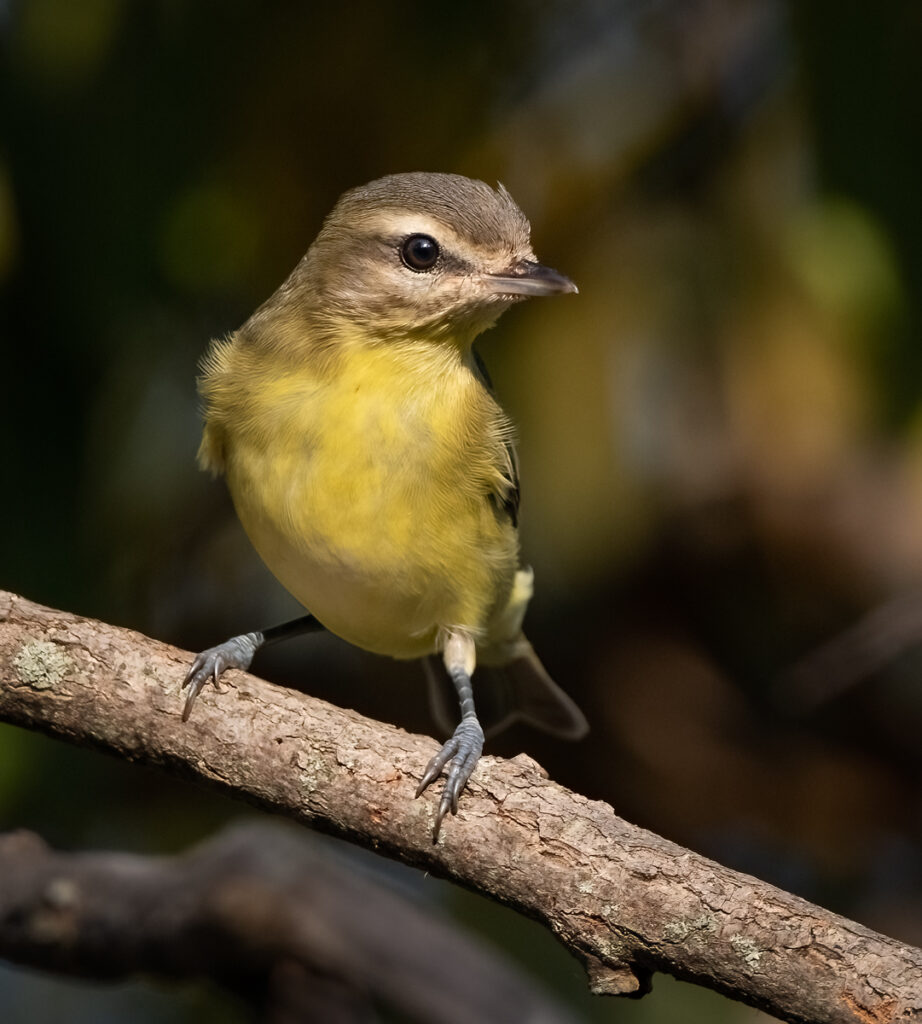
Birds are incredibly dynamic – you’ll rarely spot a bird having an afternoon nap in the open making it easy for you to take that shot. Also, birds have a habit of hiding among cluttered settings. But when they do come out, use that setting to your advantage to give the bird some reality, and capture some of that dynamism, too. Bird photography is challenging, but that’s half the fun. You’ll see how your reactions improve, learning to anticipate where that bird is heading off to, and how you can even be sure the bird lands right where you want it. Here’s a few things to keep in mind when you’re out there with your camera.
Light and Color
The mantra is, arrive early and stay late. There’s something about the light just after sunrise and just before sunset that lends a magical aura to the world.
At any time of day, watch the way light illuminates some things and casts others in shadow. Will your bird even be visible in your shot? Will a shadow across the bird or background enhance the shot, provide some drama or mood? Too much light can flood an otherwise beautiful shot and leave it looking “washed-out”, losing defining features. If the light isn’t serving you well, move to another compass point, or in front of a structure that changes the way the light falls.
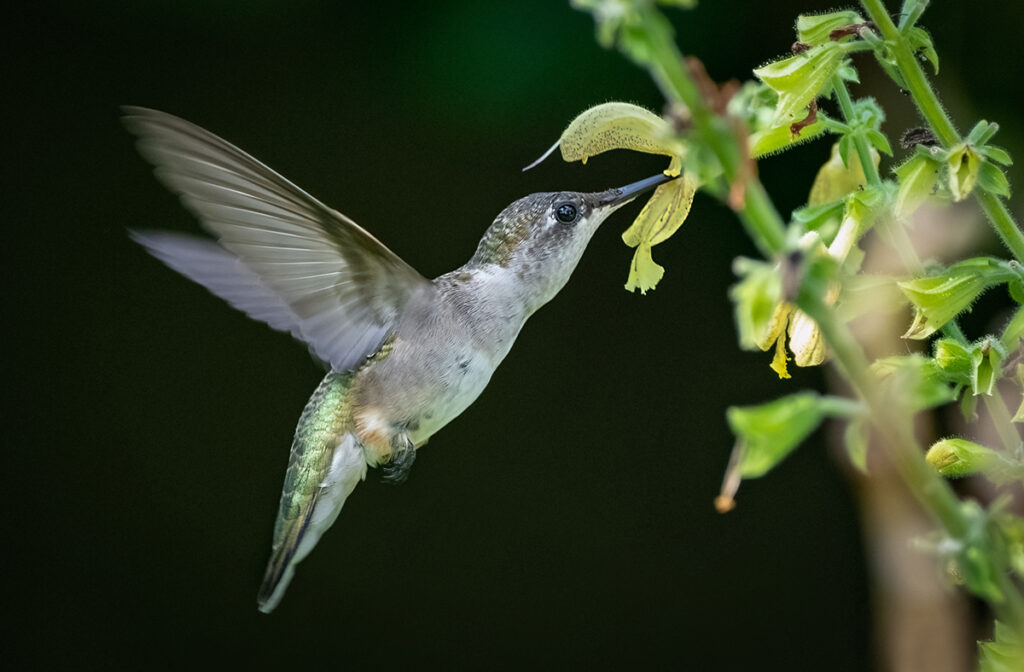
It’s not just about the time of day – different times of year change the light. Birds are beautiful all year round, and while breeding season and bright sunny days have their charms and dazzling colors, be mindful that the other end of the scale will provide an atmosphere that spring and summer cannot. Warm and earthy tones of fall and crisp contrasting monochrome of winter can really highlight your subject in completely different ways than a backdrop of clear blue sky or colorful blooms.
Behavior
Birds are constantly active, but those activities do have a pattern to them at different times of the day and year. Generally speaking, birds are most active in the early hours. This is especially so when breeding season arrives with gusto in the form of The Dawn Chorus. This phenomenon is worth witnessing in itself. Even though there may be low light, as it grows this is when you can see birds foraging like crazy after long nights of no food and still chilly temperatures.
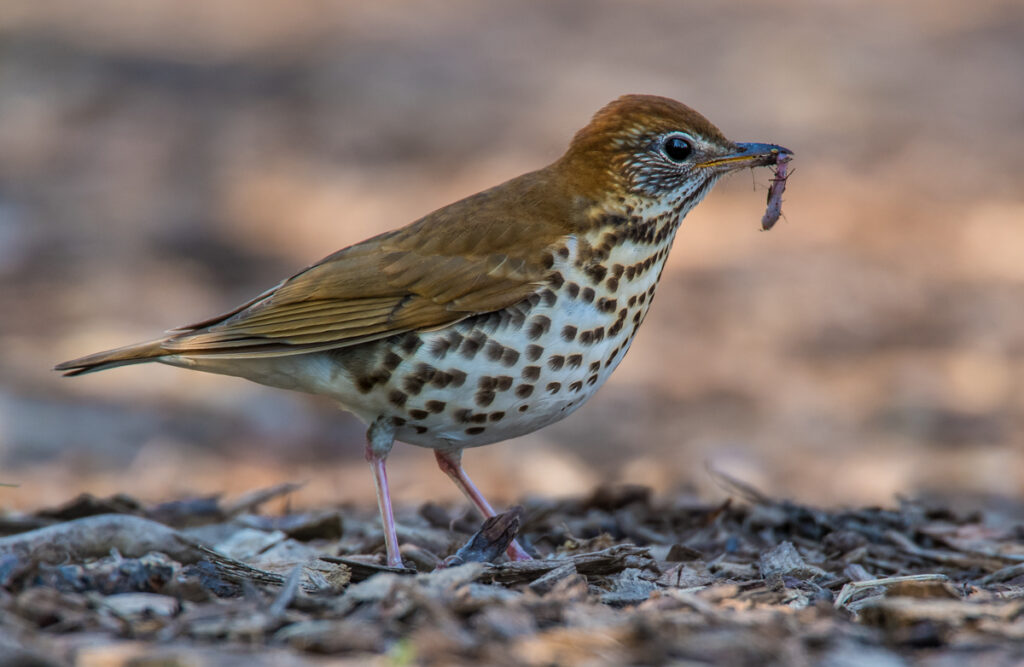
Knowing about species can help you figure out what a bird will do next. In summer as the air warms, raptors will take to the skies early to mid-afternoon, using the thermals to hunt. If falcons or even hawks visit your yard hoping for a songbird snack, watching for a while helps you establish where it will land, so have that destination in mind for your shot. Falcons emerge quickly from cover, but they will also perch some way behind and above birds for a few minutes to get the lay of the land. Keep an eye on any vaguely bird-shaped silhouettes in the shrubs and trees nearby.
Have a water source nearby – whilst birds get a lot of water from food, on a hot day they will be drawn to it. Birds love the sound of running water, so installing a solar-powered fountain or incorporating a change in water levels will encourage flow.
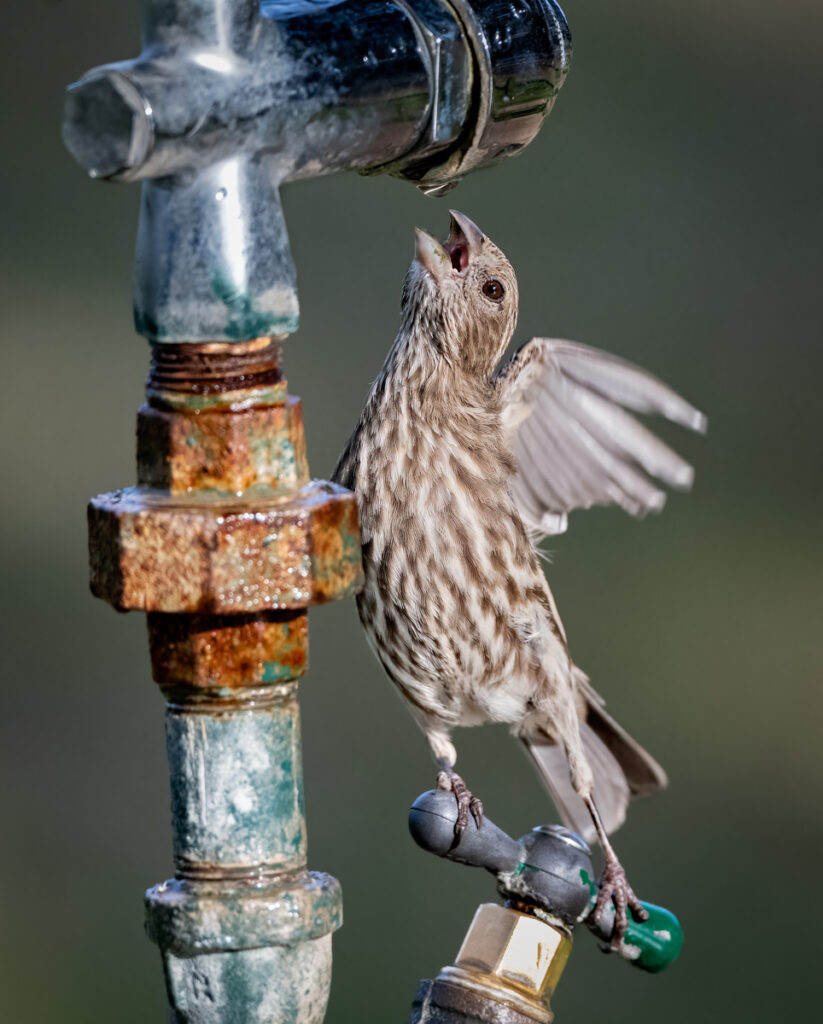
Watch the weather – birds are more active just before and right after a storm. They sense the pressure changes and know they only have so much time to store food away in, and after the storm they’ll be right back out, cashing in on fresh windfall and exposed seeds, insects and other goodies.
Become familiar with frequent visitors and their feeding habits, especially if you have feeders. Sparrows, warblers, and some larger songbirds spend a little more time at feeders as they can afford the luxury of a few more seconds in the open. House finches dominate purple finches, and purple finches dominate dark-eyed juncos, but juncos dominate house finches. There are some interesting power plays going on out there. Woodpeckers and flickers will often land somewhere close by and observe, so identify that spot and catch them there. Thrushes on the ground and hummingbirds tend to have a pattern to their dipping and hovering, visiting each flower tubule in perfect rotation.
Also, remember – eye contact is crucial. Focussing on the eye helps everything else fall into place.
Background
We often consider our own comfort first and choose a background based on that, but this can be foolhardy. A background is 50% of the picture, a star in its own right. Think about the background without the bird in it – would you still like it?

Be prepared to get in some awkward positions to find the perfect background for your subject. Look at the landscape and flora that surrounds it. Can this be used to create a stunning backdrop if viewed from another angle? By changing the angle that you shoot from, you can change the background to great effect. Getting low to the ground and shooting up, getting up close and shooting straight ahead, or positioning yourself higher up a slope and shooting down all give a different context to an image.
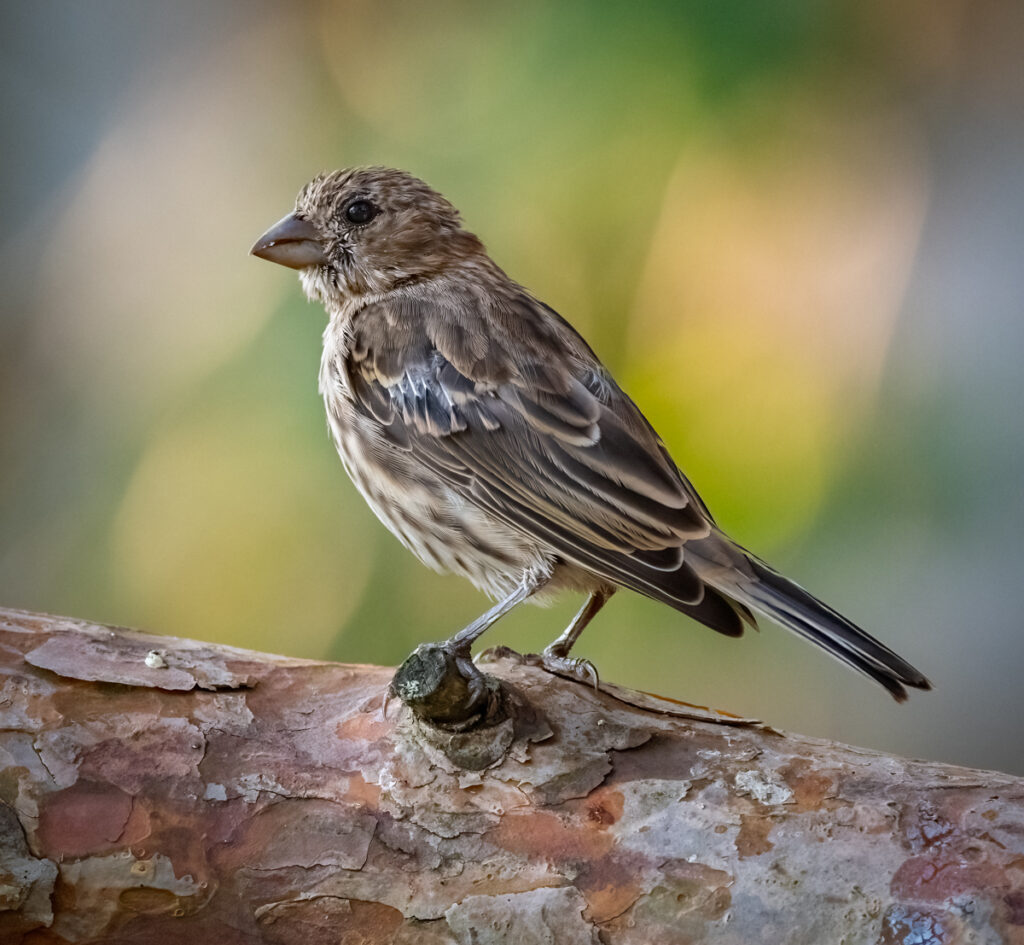
Blurred backgrounds can offset the main subject beautifully, especially if the blur creates a blended color palette. You’ll usually need to create some distance between the subject and the background to get this effect, but it’s worth it.
Mindfulness
Be in the moment. You’re doing this because you love birds and photography, so love it while you’re doing it, focus your mind on everything you see and feel: the background, the light, but also the sound and smells, to help you center your attention. By finding the right setting, and being watchful for the behavior that you want to capture, you create a connection across that space from you to the bird, and the camera is the conduit between you both. Your skills will develop more easily and thoughtfully when you embrace the activity, and afterward, you can relive that moment and the joy you felt when you look back at your perfect picture.


